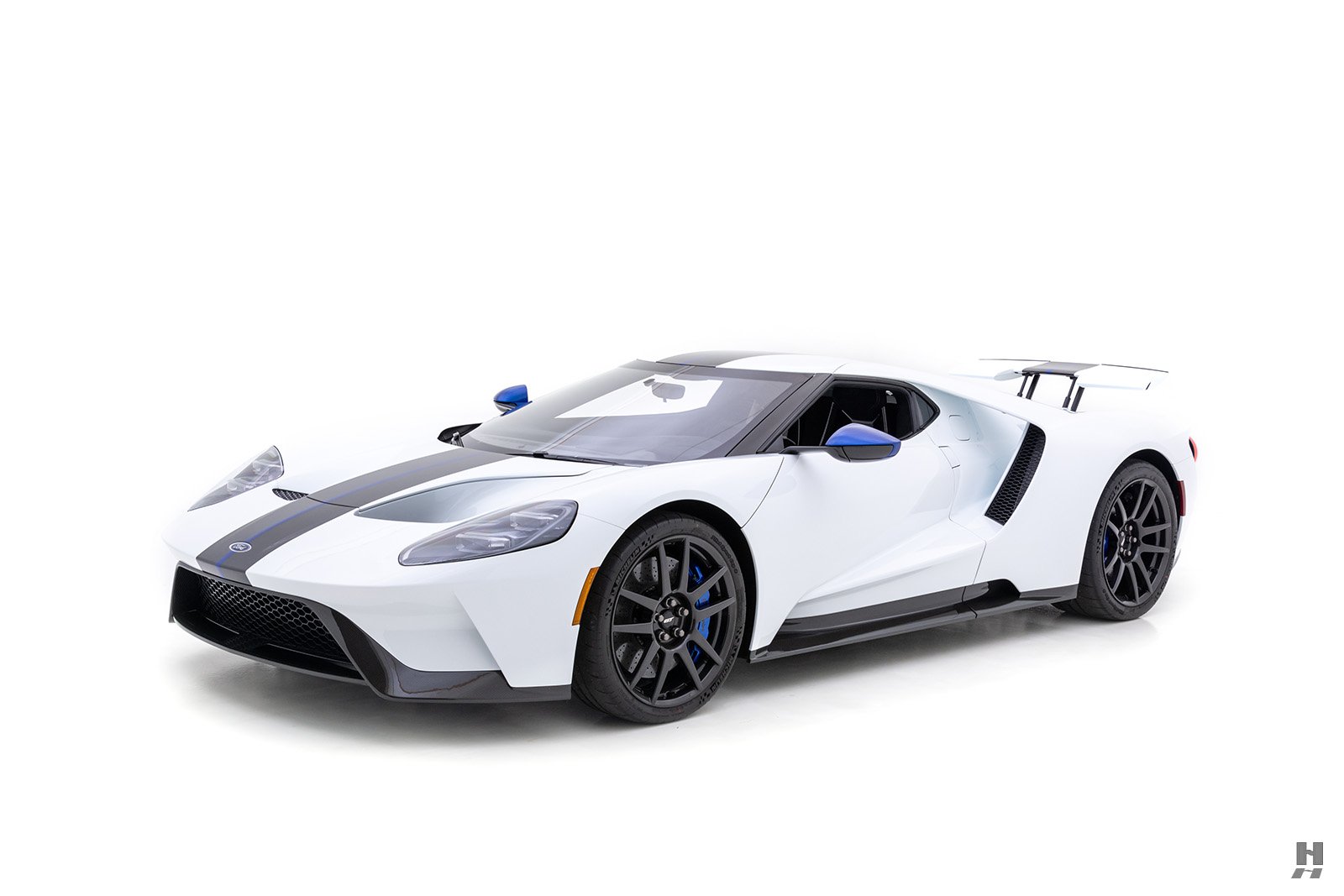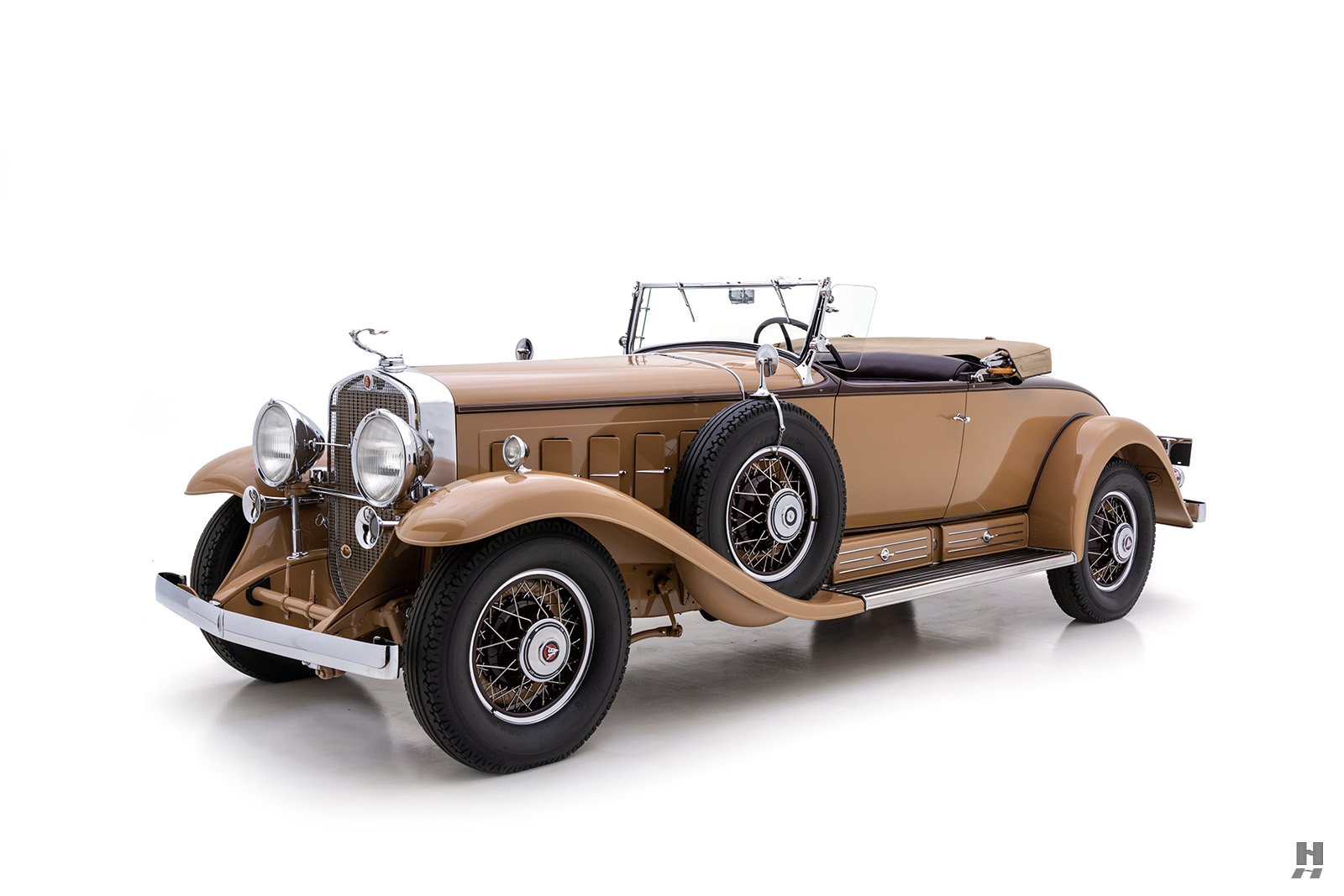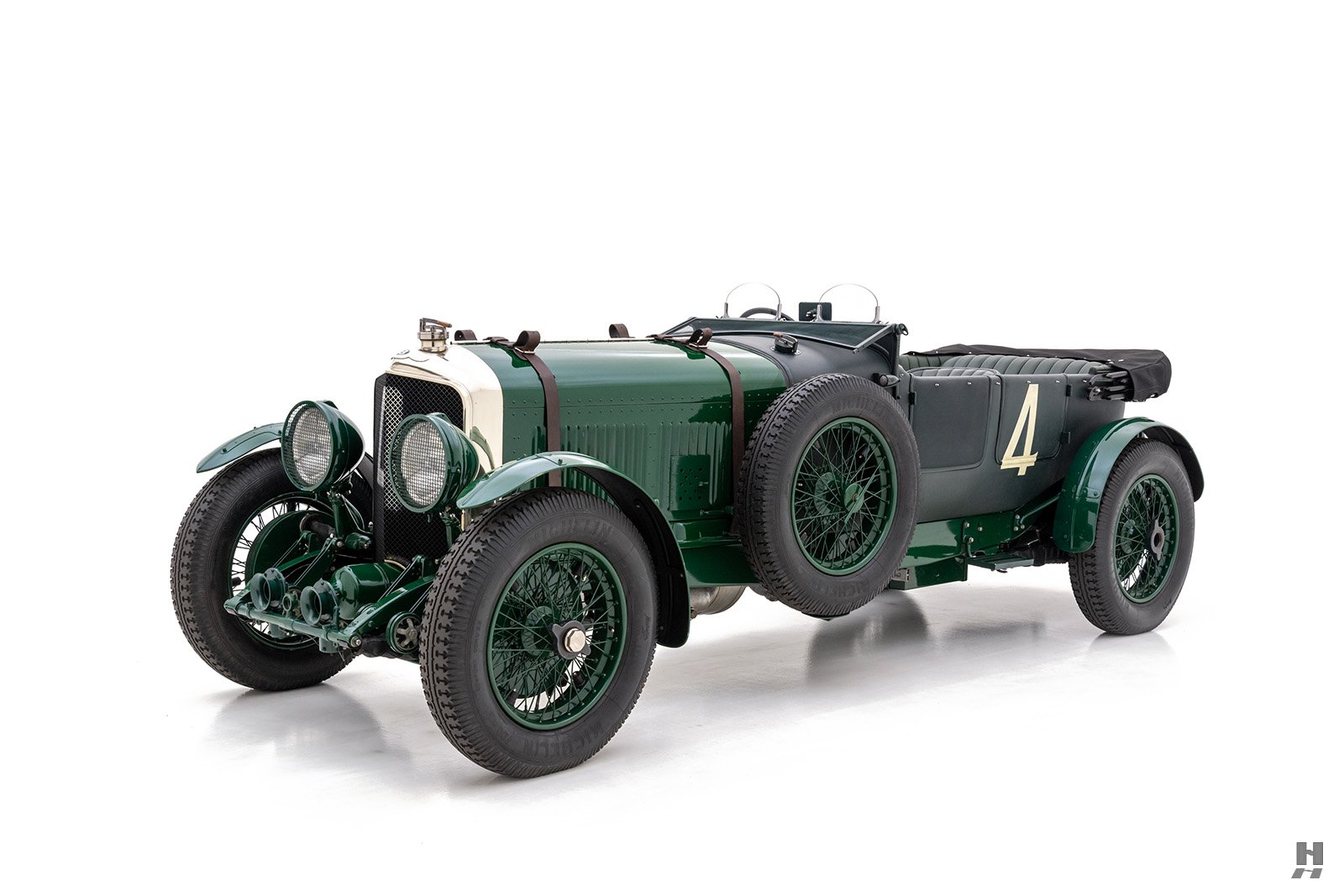Entire generations have enthused over Donald Healey’s Austin-Healey sports cars without ever knowing of either Donald Healey’s important pre-war accomplishments or of the predecessor automobiles that led to the landmark Austin-Healey. Donald Healey was an accomplished aviator, engineer and driver who rose to international prominence winning the 1931 Monte Carlo Rally driving a British Invicta automobile. Healey was born at Woodbine Cottage in Perranporth, North Cornwall in 1898. He apprenticed with Sopwith Aviation in 1914 and, starting at the age of 18, flew for the Royal Aviation Corps in WWI. He opened a garage in Perranporth in 1919 where his earliest automotive developments took place. During the years between the wars British manufacturers regarded it to be of paramount importance to have their cars succeed in major competition, an opportunity Donald Healey pursued enthusiastically. Following his 1931 Monte Carlo Rally victory came other successes that led to a position with Riley preparing competition cars. Healey joined Triumph in 1934 as Technical Manager and a rally driver. At Triumph, he was heavily involved in the development of the highly sophisticated 8-cylinder Triumph Dolomite, and the Southern Cross for the Australian market.
Like most coming from his background, Donald Healey’s long-time ambition was to build a high performance automobile of his own. The Donald Healey Motor Company was founded in 1945 and produced its first cars in an unused RAF hanger at Warwickshire. Two early models were a four-seat open sports model and a closed saloon, with accounts differing on which came first. Both shared a lightweight, X-braced welded box section chassis featuring an innovative independent front suspension design created by Healey. Power came from a modern 2.4-litre Riley engine rated at 104 hp. The open car was called the Healey Westland, acknowledging construction of the aluminum body by Westland Engineering. The closed car was the Healey Elliott Saloon, also named after the eponymous coachbuilder. For a time, the aerodynamic Healey Elliott was the fastest four-seat production car in the world setting a speed of 110 mph at the famed Jabbeke straight in Belgium. A total of only 101 Elliott saloons and 64 Westlands were produced before the models were superseded in 1950 by the Tickford saloon and Abbott drophead coupé.
As a result of these early production cars, Donald Healey was able to realize his greater ambition – to design and build a competition type dual-purpose sports racing car. That car was introduced in 1948 as the Healey Silverstone. The Silverstone name came from one of Great Britain’s first post-war racing circuits, with an eye toward the future and a spirit of optimism that characterized post-war Britain. The layout of the Healey Silverstone, with its narrow tapered two-place body, removable cycle fenders and light weight, paid homage to the great racing sports cars of the pre-war era. At an initial cost of £975, the Healey Silverstone was an immediate sensation.
The Healey Silverstone quickly became popular with early post-war racers, due mainly to the car’s superb handling capabilities. The twin-cam 2.4-litre Riley engine was highly regarded and helped to establish the Silverstone as a “racing car thinly disguised as a road car”, as described by various British motor publications. The chassis was the same X-braced welded box section designed for the earlier cars, with independent front suspension and a wheelbase of 102”. Distinctive features in the Len Hodges-designed aluminum body included a retractable windscreen than lowers partially into the cowl for racing purposes, as well as an angled grille with headlights placed behind the grille and with the spare tire mounted horizontally in the tail section also functioning as a bumper! Flowing cycle fenders led to an impression of speed with a touch of elegance. Many future British racing stars began their post-war careers in the Healey Silverstone, with Tony Brooks among the most notable. Another well-known British driver of the day, Tommy Wisdom, set a one-hour World Speed Record at Monthléry, France in 1952. The original version of the Healey Silverstone was referred to as the D-Type. A slightly revised version, widening the cockpit for more driver comfort, was phased into production during 1950. A total of only 105 Healey Silverstones were produced between 1948-1950, including just 54 of the E-Types.
This extraordinary example is one of the finest we have ever seen and, without question, the finest we have ever had the opportunity to offer. This 1950 Healey Silverstone E-Type, Chassis no. E 69, has previously been in the ownership of Leslie Cato, founder of the Healy Drivers Club, and Bill Emerson, author of “The Healey Book: A Complete History of the Healey Marque”.
E 69 was sold new in England in 1950, where the car was assigned the registration NUG 100. The car was raced at the Silverstone circuit for two years before participating in club events throughout England. Leslie Cato, who was also instrumental in founding the Healey Registry, purchased the car in 1965 and drove it for several years before the car was sold to the U.S. in the 1970s. During Mr. Cato’s ownership, period modifications – such as installation of a six-cylinder Jaguar engine, a rather popular Silverstone upgrade in the day – were corrected. A Silverstone-spec 2.4-litre Riley engine, not original to the car, was sourced and installed with the original 4-speed transmission and the remainder of the drive train, as the automobile is presented here.
In the U.S. E 69 was raced extensively in New England before being purchased by Bill Emerson in the late 1980s, at that time requiring a complete restoration. The restoration ultimately stretched to twelve years, being completed in time for the Austin-Healey 50th anniversary. The comprehensive restoration was thoroughly documented throughout by Emerson, consulting personally with Donald Healey in the process prior to Mr. Healey’s death. An interesting note in Emerson’s file describes how the Silverstone (painted green prior to beginning the restoration) was originally red, and was restored to red on the hearty suggestion of Donald Healey who told him, “All Silverstones should be red!”
The result of the restoration is the automobile offered here, which has been rewarded with countless concours awards, including multiple Best of Class or Best of Show awards at prestigious venues including Amelia Island, Elkhart Lake, Lake Tahoe, Lexington and Churchill Downs. The high quality of the restoration has been well preserved. The body and fenders are finished in an alluring shade of dark red, contrasting with a tan and red interior. The dashboard and door panels are trimmed with tan leather; the seats finished with matching tan leather piped with red, while the full carpet is red piped with tan creating a very pleasing effect. A correct matching top, tonneau and side curtains created during the course of the restoration are presented in as-new condition.
The car is extremely well detailed. The finish of the paint remains clear and crisp. A number of exposed components such as the trailing arm front suspension have been polished and maintained to a high finish. The polished trim on the car has also been maintained to the same standard including the grille, the hood intake and air extractors with screen inserts, as well as the windscreen frame and side mirrors. Lamp surrounds, dashboard gauges and controls all display the high quality of the restoration and maintenance. A look under the car also reveals the same finish and detailing of the undercarriage. The car rides on Dunlop Road Speed bias ply tires, mounted on exquisitely finished authentic ventilated disc wheels finished with correct, seldom seen Healy wheel centers.
This is a unique automobile that is a delight to drive, well suited to historic tours and still welcomed at virtually any concours d’elegance save, perhaps, Pebble Beach. Property includes photographic images showing the Silverstone before, during and after completion of the restoration.
If you're looking to buy classic cars and need an experienced classic car dealer, contact us today and learn more about our classic car consignment program.
Sorry this car has been sold. Are you looking to buy or sell a car like this? Contact a representative
For immediate assistance please call us at +1-314-524-6000 or please fill out the following form and a member of our team will contact you.






































